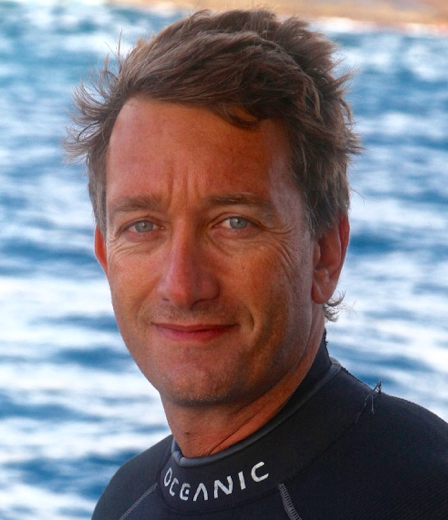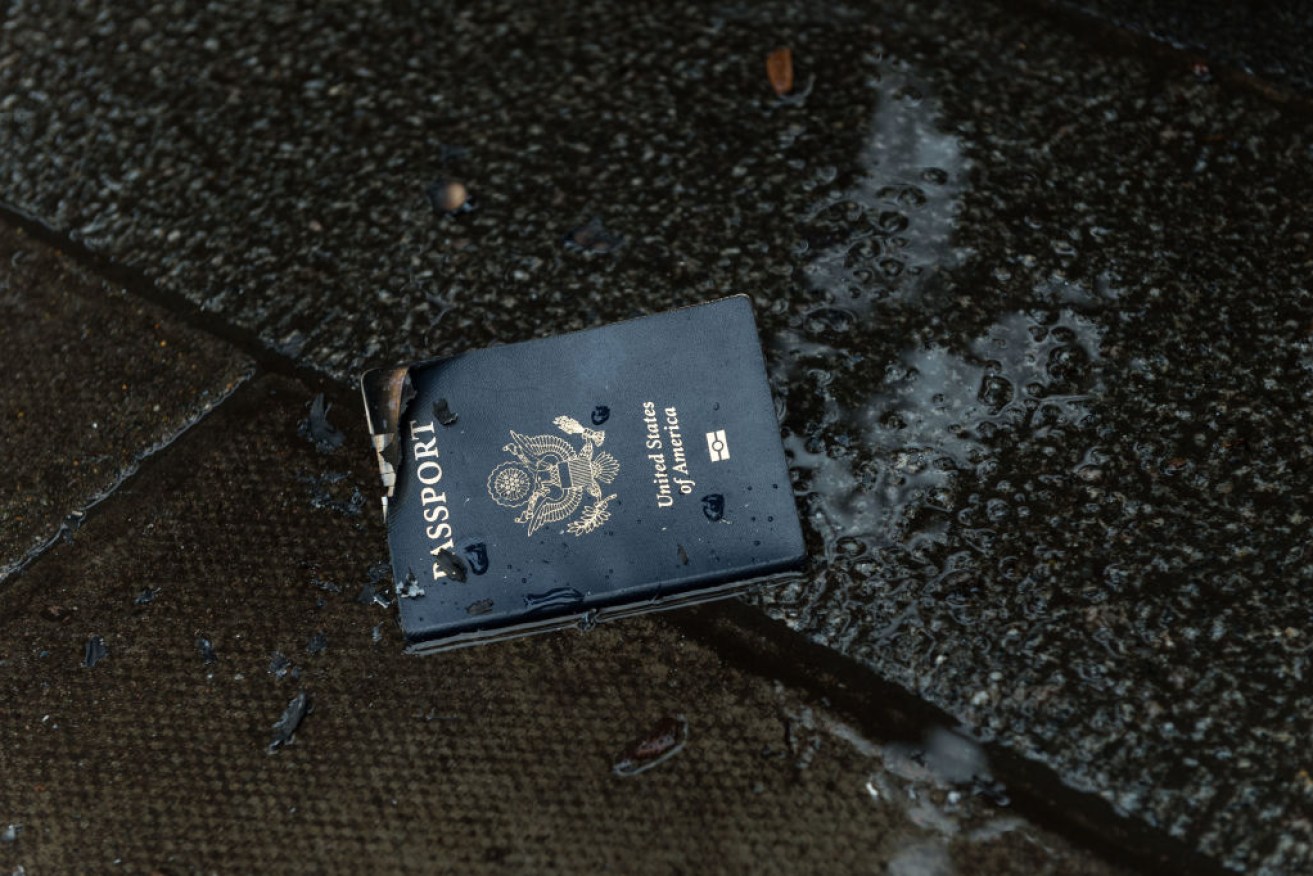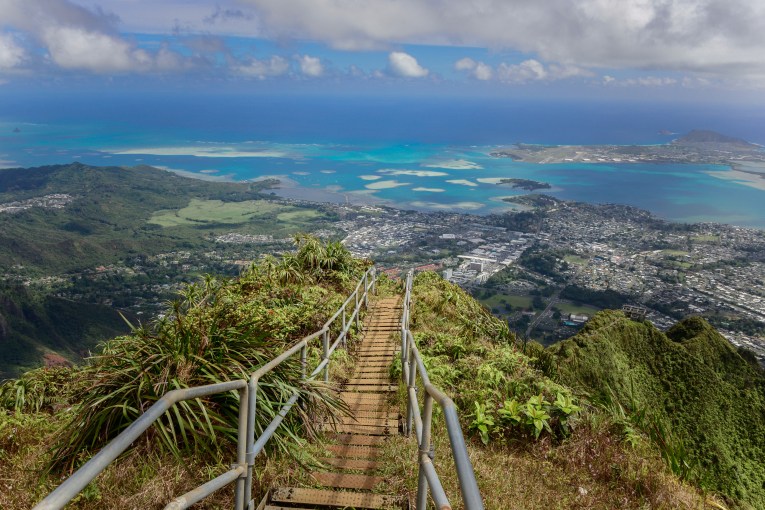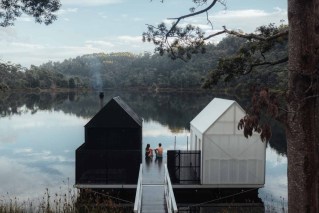How to pack like a travel writer


Passports and water don't mix. Photo: Getty
The first time I travelled overseas, I put a pair of wet jeans inside my backpack, thinking they would be nice and dry by the time I reached my destination. Luckily my mother saw what I was about to do and tossed them in the dryer.
In the 25 years since, I’ve been on hundreds of flights – and picked up a few packing skills that aren’t as blazingly obvious as not travelling with wet clothes.
Things like…
Packing for the cold
When we say it’s cold in Australia, we don’t really know what cold is.
Not like Toronto cold, where the temperature drops to -3 degrees, Christchurch, where it plummets to -7 degrees, or Moscow, where it reaches a ridiculous -10.
The only way to survive is by wearing layers. Start with thermals. Polypropylene or synthetic thermals will do the trick for short trips but don’t wash well and don’t feel that nice against the skin. Woollen thermals cost twice as much but go the distance.
You’re also going to need a serious jacket, gloves, cotton socks and, a scarf and a beanie to keep your ears warm. Cold ears are the worst. And buy some lip balm. It’ll be the best dollar you ever spend.

Moscow in the winter? You’ll need layers – good ones. Photo: Getty
Packing for the tropics
If you’re going on holidays to a tropical island, take as little clothing as possible and keep your wardrobe simple.
Ladies, your Camilla kaftan might look good in Bondi or Subiaco but you’re going to look like a tosser wearing it on many islands in Thailand. Instead, buy a ‘sarong’ – a length of fabric worn wrapped around the waist throughout Asia.
Gentlemen, you’re probably going to wear the same boardshorts every day, and the pair of thongs you buy for $2 from an old lady on the corner will be your most cherished souvenir.
One thing that isn’t cheaper in Southeast Asia is sunscreen. Expect to pay $15 to $25 for a tube at a hotel kiosk or convenience store – compared to only $2.50 at Aldi.

Leave the designer kaftan at home and invest in a sarong. Good to go! Photo: Getty
Documents and credit cards
Take photos of all your documents with your phone and email them to yourself. Print out plane, train and bus tickets, as well as the receipt for your travel insurance. Take two credit cards linked to different bank accounts and keep them in separate bags in case one is stolen or lost.
If you’re going to drive or ride a motorbike overseas, apply for an international licence through your state’s or territory’s automobile club.
Keep all documents, including your passport, in zip-lock sandwich bags to keep them dry. I once got caught in a storm in Fiji. My passport got wet and the ink ran. When I landed back in Brisbane, customs cut it in half with a big pair of scissors. Replacing it cost me $184.
And don’t travel with wads of cash – just enough to cover you for a few days.
Flying with liquids and aerosols
The rules seem to change as quickly as Australian prime ministers. At the time of writing, there are no restrictions on the quantity of liquid, aerosols or gels passengers can take as carry-on luggage on domestic flights, though all aerosol containers must have a fitted cap or locking device.
For international flights, liquids, aerosols and gels must be in containers of 100 millilitres or less, and fit into a clear snap-lock sandwich bag.
Only one bag is allowed per passenger. Containers larger than 100 millilitres that are partially-filled will not be allowed through. Baby products, medicines and special dietary products are exempt.
Medicine and first-aid
Standard first-aid kits come full of stuff you’ll probably never use, like syringes and eye baths. Instead, make a first-aid kit to suit your personal needs.
I always travel with a course of antibiotics in case of ear, eye or skin infections from cuts. Eye drops come in handy all the time.
I also travel with painkillers, as well as cold and flu tablets – unless I’m visiting Thailand, Greece, Japan, the US, Singapore or the UAE, where some drugs we buy over-the-counter in Australia are illegal.
If you’re taking prescription medicine, carry a copy of your prescription. If you’re travelling to a malaria hotspot, take anti-malarial medicine and two cans of the strongest bug repellant you can find. I’ve had malaria thrice now. It really, really hurts.
Water bottles
Tourists leave much larger environmental footprints than locals.
Minimise yours by taking a stainless-steel water flask on your trip, especially if you’re visiting developing countries where single-use water bottles are the norm.
Not only do will you help delay our planet’s inevitable destruction but you’ll save some coin, too. Last year, during a month long trip around Southeast Asia, I prevented more than 100 water bottles ending up in landfill and saved at least $100.
Collapsible water bottles made of silicone are good for saving space but I’ve found stainless-steel water bottles with double-wall insulation to be the best. They keep water cold for up to 24 hours and hold much more liquid than triple-walled Thermos-style bottles.

Save the environment and sate your thirst with a stainless-steel water bottle. Photo: Getty
Packing gadgets
Packing will never be the same after you buy a compression vacuum-sealer kit.
Imagine an oversize zip-lock plastic bag with a valve. Put five shirts inside the bag and seal it. Now, attach your USB-chargeable mini-vacuum pump to the valve, turn the pump on and watch with amazement as it sucks the air out of the bag, improving storage space by up to 80 per cent.
Portable digital luggage scales that allow you to weigh bulky bags accurately and easily can help you not be stung with excess luggage fees at airports – which can be three times what it costs to pay upfront for the same weight bags online.
There is also a range of slightly helpful and entertaining packing apps available. PackPoint ($4.49) is pretty cool. You input your destination, the reason for travel, your gender and length of trip and watch in amazement as it creates a packing list just for you.








